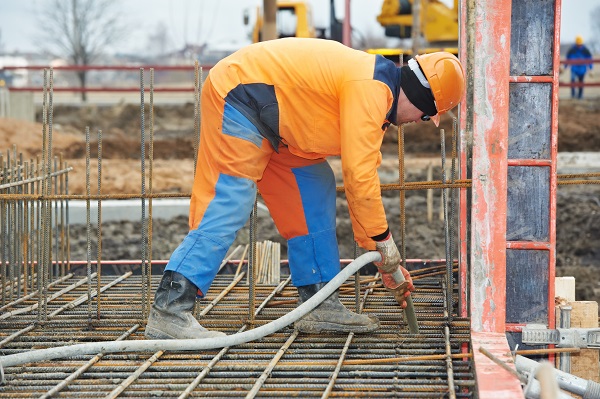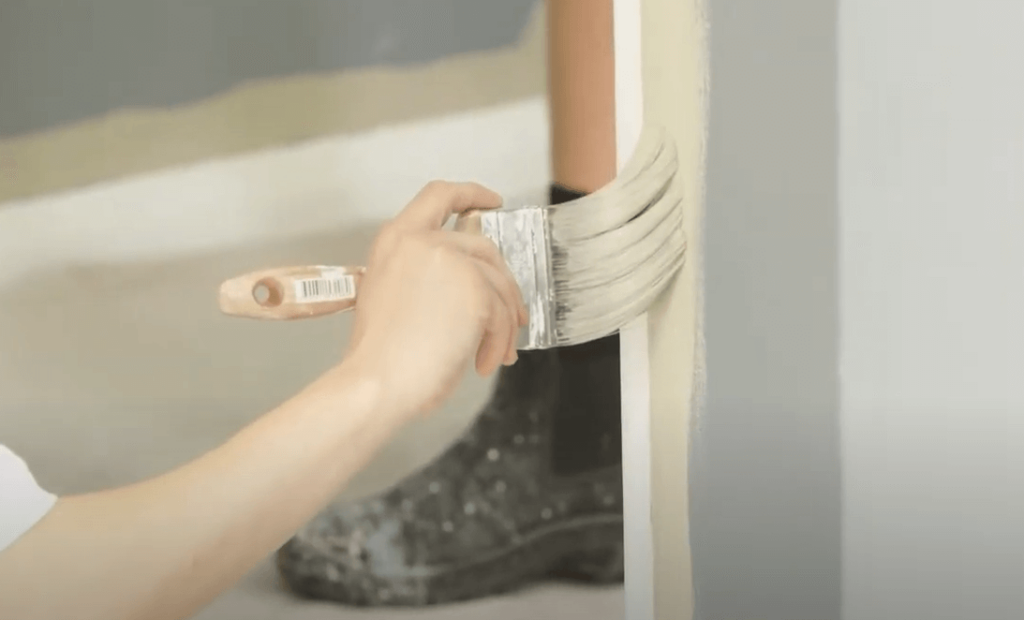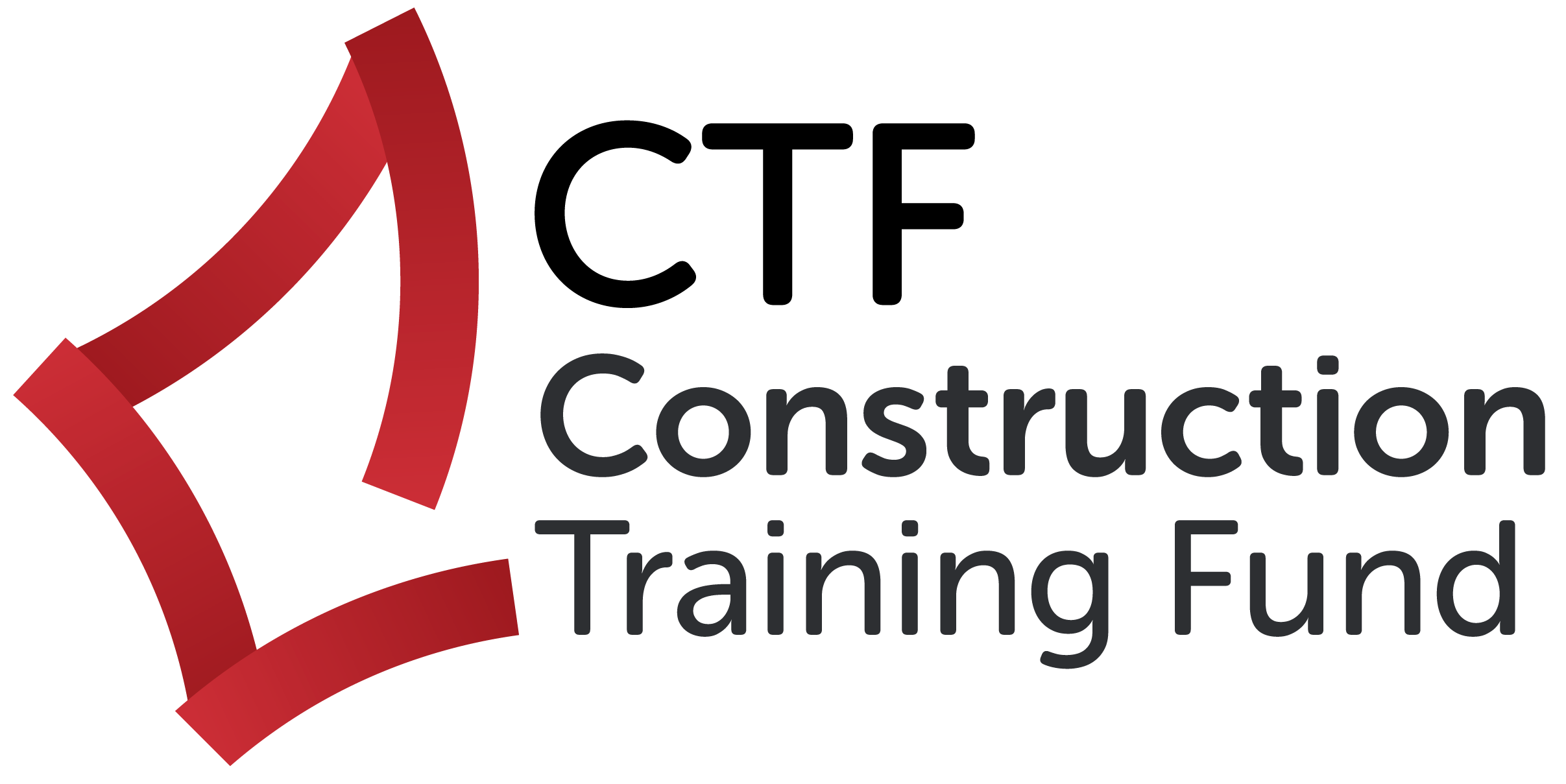
Wet trades are still the foundation of most large building and infrastructure projects. They’re trades that use water to mix materials, so crafts like concreting, tiling, and painting.
Wet trades encompass some of the longest-standing construction disciplines; without exaggeration, they’ve helped create the world we live in!
What is a wet trade?
“Wet trade” is a broad term describing trades that use materials mixed with water. Think plaster, paint, and concrete. If there’s water involved, it’s probably a wet trade.
Wet trades form the foundations of modern construction work: from building reliable bases to providing flawless finishes, they play an exciting role in making and shaping the buildings we use today.
Here are a few of the many wet trades contributing to the Australian construction industry:
- Masonry
- Roof tiling
- Grouting
- Bricklaying
- Rendering
Pursuing a wet trade lets you learn worthwhile skills and get hands-on construction experience while gaining insight into how buildings are made and how they help create everyday structures that stand the test of time.
Types of wet trades
The best thing about wet trades is all the options! Use smooth moves to lay concrete, or get artistic with painting and decorating. Getting to know the different disciplines gives you an idea of where you’d like to work when you finish your studies.
Concreting
If you’re building a house, you need a concreter to create a sturdy foundation. Concreters are primarily responsible for mixing and laying concrete but also dabble in site preparation and decoration. They even get to use fancy machines that detect uneven surfaces and smooth out concrete before it sets.
As a concreter, you’ll contribute to a bunch of cool and functional structures like:
- Pathways
- Columns
- Swimming pools
- Residential homes
- Hotels
If you enjoy practical tasks, teamwork, and have a passion for making things that last, concreting is a solid career choice.
Bricklaying
Bricklayers use pre-cut stone, bricks, and concrete to build walls, paved areas, arches, and houses. If you’re wondering where the water comes in, we’ve got you covered. Bricklayers use a substance called mortar to stick bricks together, like glue for houses. Mortar is made from cement, sand, lime, and, yes, water!
Without mortar, brick structures would be giant Jenga towers waiting to collapse. That’s why the construction industry needs bricklayers to create strong walls and structures that support buildings.
Plastering
Plasterers are super important to the building process, making sure walls and ceilings look spick and span! They use plaster (dry powder mixed with water) on surfaces, then smooth and shape them. Their skills can give plaster different textures and finishes. Not only do surfaces look tidy, but they can also have a bit of artistic flair.
Plaster also helps make walls fire and moisture-resistant. As a plasterer, you have the special task of ensuring buildings are safe for use and hold up against various environmental conditions.
Tiling
Tilers are responsible for applying ceramic, clay, stone, and other kinds of tiles onto surfaces to create stunning finishes. Whether it’s renovating old projects or working on entirely new buildings, you’ll have a range of tasks like levelling, cutting, and repairing tiles.
You can even get creative with it. Tilers have achieved some pretty impressive mosaic masterpieces using their artistic skills.
Read about Christian’s experience getting to the 2023 WorldSkills National Championships in tiling.
Painting
When the foundational work of a building is done, it’s time to start painting! Painters apply paint, varnish, and other finishes that protect and decorate buildings. It’s like an art project with a really big canvas.
Painting and decorating transforms buildings into warm and inviting spaces for people to enjoy. Learning how to apply it professionally also contributes to the longevity of the paint, ensuring it stays on for years to come. If you enjoy subjects like Art, Design, or even Textiles, becoming a construction painter could be the career for you.

Why should you learn a wet trade?
Wet trades are at the centre of an evolving construction landscape. Qualified concreters, plasterers, and others are necessary for the continued stability of the construction sector. The job outlook for these trades is continuously on the up. With more homes being built every year, the demand for skilled tradies continues to rise.
Right now, Australia is in the middle of a tradesperson shortage. That means there are not enough tradies to work on new and existing building projects. The construction sector needs wet trade specialists to fill gaps in the industry and help keep projects moving.
Now is a great time to start learning a wet trade so you can enter the workforce ready and able to apply your skills to real-world projects.
How wet trades shape our world
The world looks very different without the painters and decorators, bricklayers, tilers, and other wet trades that created amazing building foundations and finishes.
Wet trades have played a part in some amazing WA projects, such as:
- WA Museum Boola Bardip
- National ANZAC Centre
- Bellevue Railcar Manufacturing and Assembly Facility
- Elizabeth Quay development
- Lakelands Train Station
These structures help bring life and function into communities, making a real impact in our day-to-day lives.
If you’re passionate about creating lasting differences, wet trades are an excellent path to take. Picking up a construction trade provides invaluable skills applicable in a number of different areas across WA.
Getting started in wet trades
So, you’ve decided to pursue wet trades, now what? Construction is a large industry, and getting started might seem like a challenge, but with the right tools, you’ll be on your way to a successful and rewarding career.
Skills and education
Most wet trades require a minimum Year 10 education, a certification in your chosen area, and an apprenticeship. An apprenticeship lets you work with experienced tradespeople and study at the same time.
Certifications and apprenticeships take up to four years to complete, but you can make a start while you’re still in school. CTF even has Industry Training Advisors who can help you with career advice, subject selection, and more.
The great thing about wet trades is that you don’t need prior experience before commencing your studies. Apprenticeships and trade certifications teach basic skills before moving on to more specialised tasks. There’s even wiggle room to change courses if you decide to pursue a different trade.
Personal qualities
There are plenty of wet trades to suit a variety of personality types, which may include you if you enjoy:
- Creativity
- Detail-oriented work
- Physical activities
- Teamwork
- Being outdoors
As long as you’ve got a passion for construction and learning, you’ve got the foundations for a career in wet trades.
If you’re still not sure, CTF offers a special Try-A-Trade program that lets you try different trades and see how they work. This program is available to students in Year 9 and above and covers a range of construction careers, including wet trades.

Build your toolkit with a pre-apprenticeship
Did you know you can kickstart your studies with a pre-apprenticeship? This is a course that acts as a stepping stone between school and an apprenticeship. In some cases, completing a pre-apprenticeship even knocks some time off your apprenticeship studies.
By pursuing a pre-apprenticeship in wet trades, you gain valuable trade skills and experience in real work situations. Just like an apprenticeship, you get to study trade and do work placements at the same time. With those skills, you’ll stand out to employers looking to hire apprentices.
To start a pre-apprenticeship, chat with your school about alternative education pathways like VET, which help get you started on your wet trade journey.
What kind of jobs can you get after studying wet trades?
Now you’ve completed your studies and become a fully-fledged member of the construction industry, you’re wondering what’s next? With a few years of wet trade experience under your belt, you’ll be surprised by how many career opportunities are now open to you.
With qualifications and experience in bricklaying, concreting, plastering, or other wet trades, you have the potential to advance to a number of different careers:
- Site supervisor
- Construction manager
- Business owner
- Interior designer
- Sub-contractor
Studying wet trades provides a sound understanding of construction principles and techniques, which help you progress into other areas of the industry.
Can you combine wet trades with other interests?
Unfortunately, dual apprenticeships (studying two trades simultaneously) are still an evolving practice. However, it’s possible to incorporate other interests into your studies depending on your employer and training contract.
If you’re passionate about sustainability and design, coordinate with your teachers and training providers to see if there are work placements available in those areas. If you’re interested in design, consider a wet trade that best incorporates design techniques, such as painting and decoration.
Trade skills are varied and widely applicable. With the right research, you may be able to find a course that suits your interests.
CTF is here to help
CTF is passionate about inspiring the next generation of construction workers. If you’re interested in wet trades, we’ll help put you on a pathway to success. Our Construction Futures Centre is dedicated to helping students explore construction careers and learn more about how they can be part of building WA’s future. We provide resources on construction pathways, along with career scholarships for students and helpful resources for teachers and parents.
Our Career Taster Program is especially helpful for Year 9 students thinking about construction opportunities. The program encourages you to explore the construction and start building your skill set.
If you’re ready to explore your future in the construction industry, chat with the friendly CTF team to get started!
Last modified on:

